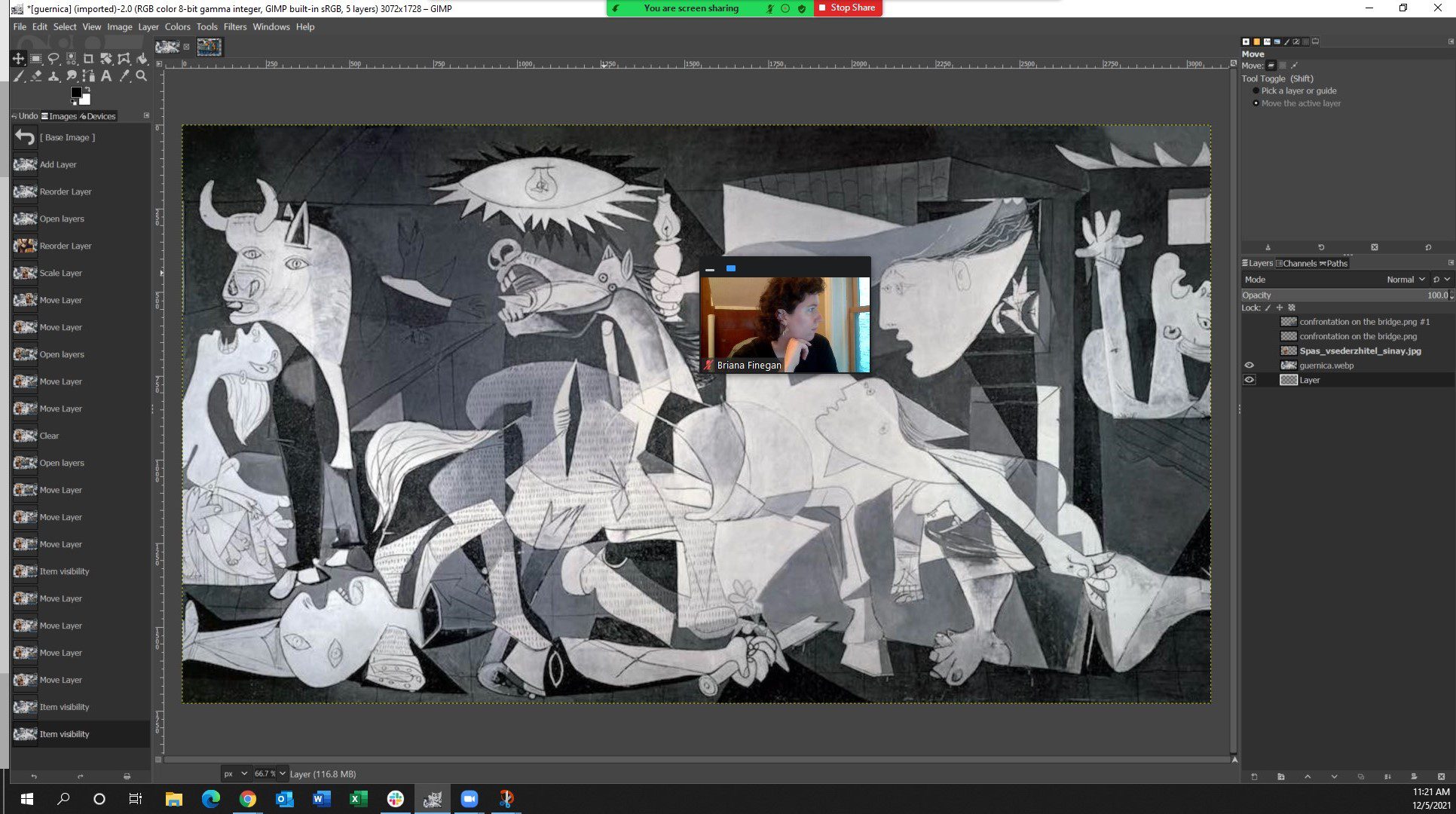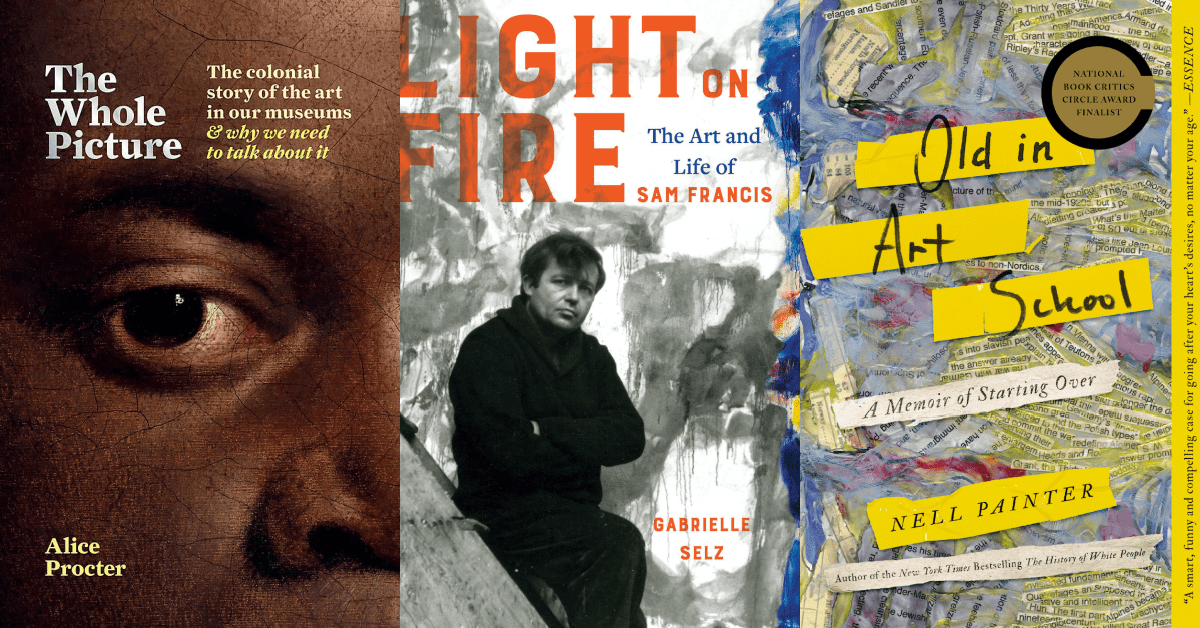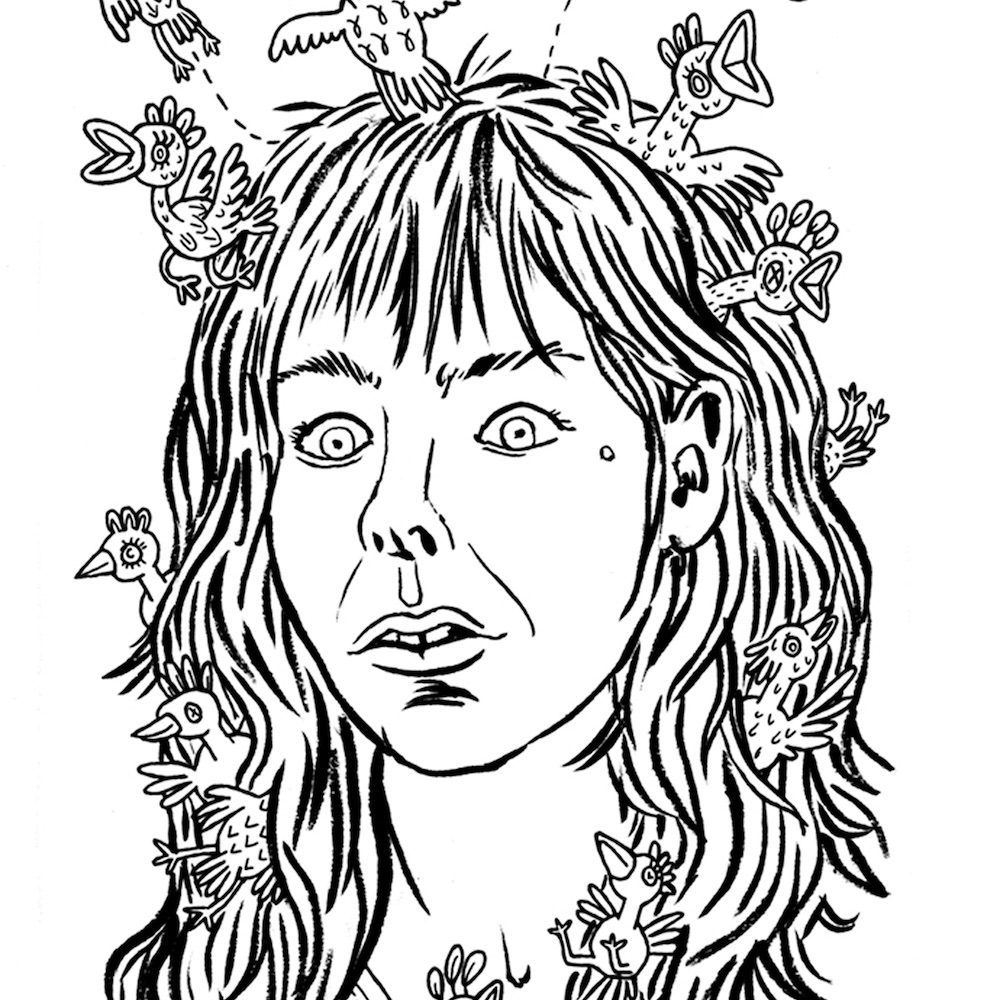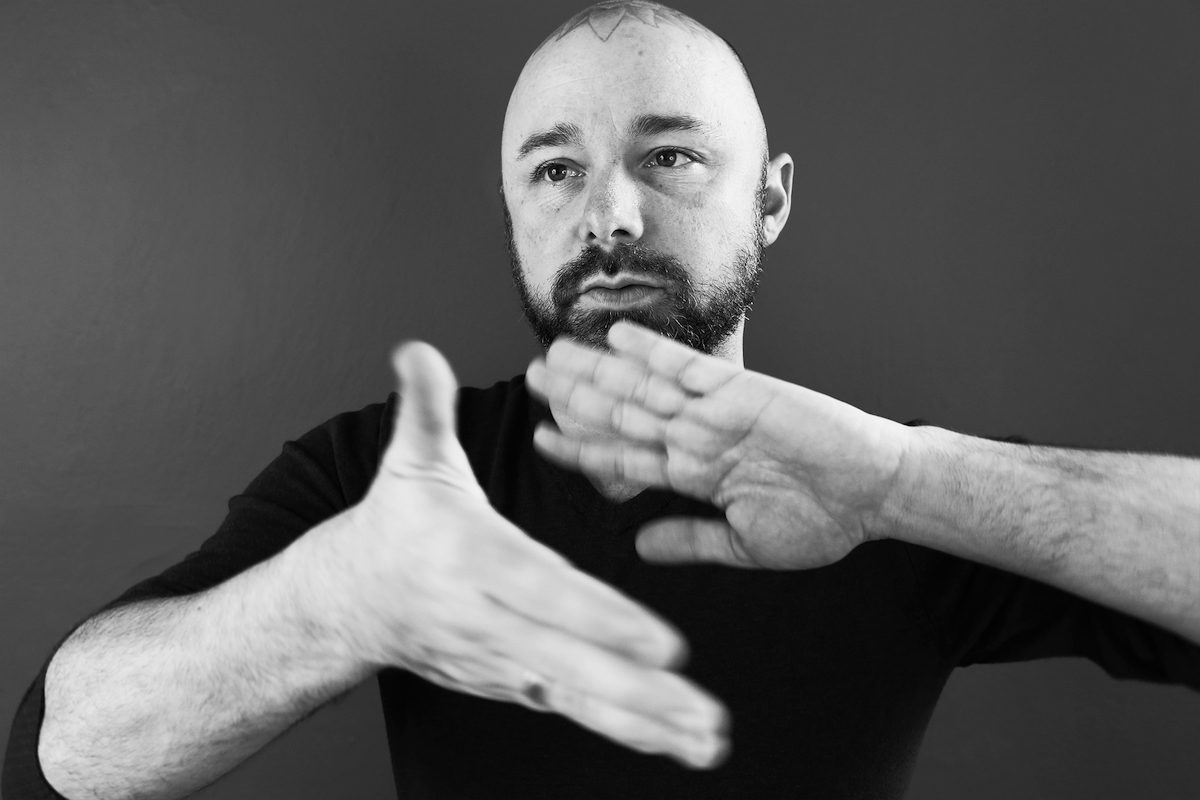Over the past couple of weeks, Gelitin, a collective of four Austrian artists—Wolfgang Gantner, Ali Janka, Florian Reither and Tobias Urban—have occupied Chelsea’s Greene Naftali gallery in New York in a happening called “Blind Sculpture.”
Their productions are inspired by the work of Sigmund Freud, the sculpture and performance work of Franz West, and in response to the exhibition methods known generally as Relational Aesthetics, which is an art practice that questions the boundaries of art, is inspired by a desire to conflate life and art and is situation-based. Art that involves people, doing things. My friends Hanne and Jochem had taken me to see it. I asked if there was a common thread to their work. “Usually someone shows his penis,” Hanne said and laughed. It was late January–the first Saturday it had been open. Over the course of ten afternoons in total, Gelitin would use the space to complete their “sculpture.” As of last Saturday, February 6, the sculpture is complete and on view.
 Before we arrived, Hanne said for one of Gelitin’s projects they got naked and created a tube-like slide with their bodies through which they invited other people to get naked and slide. The logistics of this nude slide bothered me. It didn’t seem like anyone sliding would have very far to go, if it was only the four artists creating the slide. And how did they arrange themselves? Did they stand on each other’s shoulders and have people slide from some upper level to a lower level. Or were they arranged horizontally, in which case people would crawl, as though in a military training exercise.
Before we arrived, Hanne said for one of Gelitin’s projects they got naked and created a tube-like slide with their bodies through which they invited other people to get naked and slide. The logistics of this nude slide bothered me. It didn’t seem like anyone sliding would have very far to go, if it was only the four artists creating the slide. And how did they arrange themselves? Did they stand on each other’s shoulders and have people slide from some upper level to a lower level. Or were they arranged horizontally, in which case people would crawl, as though in a military training exercise.
In the gallery, wood bleachers were erected on three sides of a square area in which there were about ten people, some of whom were blindfolded, moving around a space that contained both identifiable objects like chairs, tables, a piano, pieces of cardboard, and blankets and other things that were not identifiable like large pink and blue chunks of what looked like home insulation material but probably were not because I had the impression they were earth-friendly. There were structures in the space made out of poles of unidentifiable material. We sat very close to the “happening.” Members, in high heels, shorts, dresses, or just a t-shirt with nothing else climbed step ladders, used drills, cut cloth or were guided around the space—all while blindfolded. There were people in the space helping out the blindfolded artists. I found out later the photographer David Lachapelle was helping them out that afternoon. Other afternoons, they had different friends stop in, like Spencer Sweeney, Casey Spooner and Rita Ackerman. A woman played an upright piano in a way that seemed intentionally jarring. Her hair covered her hands. One  man in a dress and a fluorescent green blind-fold ambled unattended toward a tall part of the sculpture, what seemed like cardboard tubing with swaths of material hanging off it. Hanne and I laughed at him. But the only repercussion he faced was not having anything to do for a few seconds until someone came up to him and guided his hand toward some material hanging off a construction, which he felt with his hand and then moved around. Another very tall skinny blond man in a tank top and orange skin-tight shorts climbed a step-ladder and spread some orange wispy material over the top of something pole-like. The orange material swayed like it was picking up a breeze. There was a long thin hot-pink bamboo-like structure that was bent from one end of the space to the other end where it was tied down. My friend—while holding her baby—pointed to the bamboo-like thing and joked, sort of, that she felt like it was going to get loose, snap back and hit us. I felt that way too. Neither of us moved though. At almost every moment, there was a casual awareness of what was seemingly improbable danger. I felt more involved than I would have looking at a painting but less involved than a sing-along. Relational Aesthetics was big in the nineties, when slacker movements in music and fashion were popular and burgeoned as a result of a struggling economy. Last year, the Guggenheim’s show theanyspacewhatever, showcased many different artists in the space hanging out, experimenting, feeling free to make work that could be seen as either revitalizing the idea of art or as lazy and incomplete.
man in a dress and a fluorescent green blind-fold ambled unattended toward a tall part of the sculpture, what seemed like cardboard tubing with swaths of material hanging off it. Hanne and I laughed at him. But the only repercussion he faced was not having anything to do for a few seconds until someone came up to him and guided his hand toward some material hanging off a construction, which he felt with his hand and then moved around. Another very tall skinny blond man in a tank top and orange skin-tight shorts climbed a step-ladder and spread some orange wispy material over the top of something pole-like. The orange material swayed like it was picking up a breeze. There was a long thin hot-pink bamboo-like structure that was bent from one end of the space to the other end where it was tied down. My friend—while holding her baby—pointed to the bamboo-like thing and joked, sort of, that she felt like it was going to get loose, snap back and hit us. I felt that way too. Neither of us moved though. At almost every moment, there was a casual awareness of what was seemingly improbable danger. I felt more involved than I would have looking at a painting but less involved than a sing-along. Relational Aesthetics was big in the nineties, when slacker movements in music and fashion were popular and burgeoned as a result of a struggling economy. Last year, the Guggenheim’s show theanyspacewhatever, showcased many different artists in the space hanging out, experimenting, feeling free to make work that could be seen as either revitalizing the idea of art or as lazy and incomplete.
Sometimes Hanne and I looked out and laughed. Sometimes one of the members would come over from out of the sculpture-area in paint-splattered jeans and talk to us. Hanne knew her. They had both been given art residencies at the same studio at the World Trade Center but at different times. It is said on Gelitin’s blog that they opened a window at the World Trade Center, while they were in residence, built a balcony and walked onto it. Some people think it was a hoax. Hanne and the Gelitin artist talked about people I didn’t know, so I looked out as if I was looking out of a window onto a construction site or a playground. The artist walked away. I pointed to a man in an orange jumpsuit playing the piano.
“When did he start playing?” I said.
“I didn’t realize he had replaced the woman,” my friend said.
“Me neither. He’s playing blindfolded.”
He played for a while then unzipped his jumpsuit pulled out his penis and peed into a cup. Someone helped him with that. I can’t remember if the friend held the cup or just brought him the cup. This didn’t bother me, but I wondered whether it had a point. I thought, It doesn’t need to have a point. Or maybe he just felt like peeing at that moment and that was the point. I wonder if everyone at some point while watching this wondered What is the point. Nobody seemed to be concerned with points. I for the most part wasn’t.
 Hanne said Gelitin had created a giant pink knitted rabbit that was on the top of some Austrian hill slowly decomposing. She said you could see it from the moon. She took the baby to the bathroom. Jochem sat down. I told him about the rabbit and how Hanne had said you could see it from the moon. “Like the Great Wall of China,” I said.
Hanne said Gelitin had created a giant pink knitted rabbit that was on the top of some Austrian hill slowly decomposing. She said you could see it from the moon. She took the baby to the bathroom. Jochem sat down. I told him about the rabbit and how Hanne had said you could see it from the moon. “Like the Great Wall of China,” I said.
“But see it how? With Google Earth?”
“Oh,” I said. “Well, I can see my front door with Google earth.”
Jochem wondered out loud whether you could see the rabbit because Google Earth’s camera was able to zoom in to such a great degree, or if you could see the rabbit because Google Earth’s camera was able to take a picture, from so far away, with extremely high resolution.
When Hanne came back she told me about another one of their exhibits that happened in 2005. They locked themselves in a gallery for a week and created a “Xerox machine.” She said you could give them a shoe or a paper clip and after waiting for a little while get back some object in return that they had created. She didn’t say whether or not the object did or did not resemble the object given. It was called Tantamounter 24/7.
It was over an hour. “That was nicer than sitting in a café,” said Hanne.
“Yes,” I said as we walked outside. It was one of those really cold days of which we’ve only had a few this winter.




